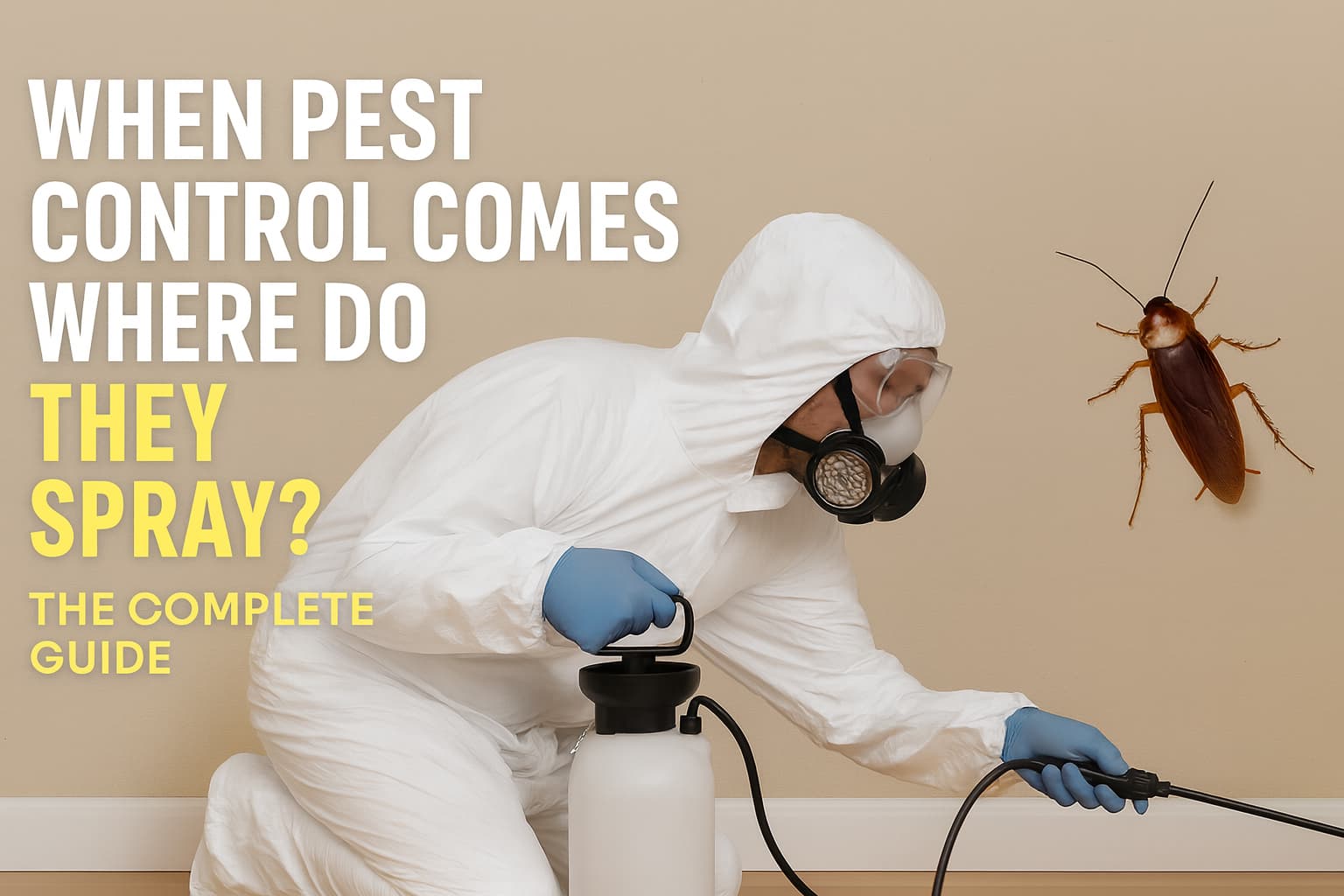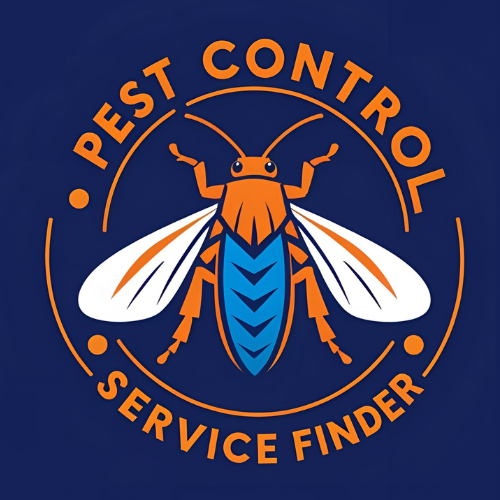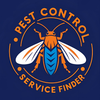When Pest Control Comes, Where Do They Spray? (The Complete Prep Guide)

Most people imagine an exterminator walking in and spraying every surface like it’s a movie scene.
Here’s the truth: modern pest control is surgical, not a paint job.
Technicians don’t just fog your entire house anymore. They target small cracks, entry points, and hidden pest highways — using just enough product to hit pests where they actually live. Knowing where they spray (and where they don’t) helps you prepare, protect your family and pets, and make the treatment more effective.
If this is your first professional pest visit — or you’ve always wondered what’s happening when a tech shows up — here’s the full breakdown.
Quick Answer
Where do pest control pros spray?
Mostly cracks, crevices, baseboards, plumbing areas, behind appliances, entry points, and your home’s exterior foundation — not randomly on open floors, counters, or bedding.
🧪 Why Pest Control Today Looks Different
- Precision, not saturation.
Old-school spraying every inch is wasteful and unsafe. Pros now use low-toxicity, targeted applications that stay where pests travel. - Inspection first, spray later.
Technicians spend time finding pest harborage areas — dark, damp, hidden spots — before applying anything. - Integrated Pest Management (IPM).
Modern pest control isn’t just chemicals. It combines sanitation tips, entry sealing, baits, dusts, and growth regulators with selective spraying.
🏡 Common Indoor Treatment Areas
Depending on your pest issue, these are the most sprayed/treated areas inside homes:
🌿 Baseboards & Floor Edges
- Why: Roaches, ants, and spiders love these travel lanes.
- What: Light residual spray or dust where baseboards meet the floor.
🍳 Behind & Under Appliances
- Why: Warmth, crumbs, and moisture make fridges and stoves perfect roach hotels.
- What: Gels, dusts, or sprays in hidden gaps — not on appliance surfaces.
🚪 Door Frames & Window Sills
- Why: Common entry points for ants, roaches, spiders.
- What: Crack-and-crevice spray to stop invaders at the source.
🚽 Bathrooms & Plumbing Voids
- Why: Pests need water; pipes create perfect harborage.
- What: Sprays or dusts under sinks, behind toilets, tub access panels.
🪑 Cracks & Wall Voids
- Why: Roaches, silverfish, and ants hide inside walls.
- What: Dusts or foams applied into voids and outlet areas.
🛋️ Behind Furniture & Clutter
- Why: Dark and undisturbed = pest paradise.
- What: Targeted treatments, not full-room fogging.
🧸 Attics, Basements, and Crawl Spaces
- Why: Silverfish, spiders, rodents, and roaches thrive in stored boxes and insulation.
- What: Long-lasting dusts and perimeter sprays.
🌳 Common Outdoor Spray Zones
- Foundation Perimeter — 6–12 inches up and out to block ants, roaches, and spiders.
- Door & Window Frames — frequent pest entry points.
- Eaves, Soffits & Vents — for wasps, spiders, and other nesters.
- Decks, Patios, & Thresholds — where crawling pests sneak inside.
- Mulch Beds & Leaf Litter — key for ants and roaches near the home.
🚫 Places They Usually Don’t Spray
- Food prep areas (counters, cutting boards).
- Bedding, cribs, and pet beds.
- Inside dishwashers, ovens, washing machines.
- Air vents and HVAC systems (unless specialized).
- Children’s toys or play areas.
(Tip: If you’re worried about safety, ask your tech to walk you through where they’ll treat — they’ll gladly explain.)
How to Prep Before They Arrive
A little preparation makes treatment faster, safer, and more effective:
- Clear baseboards & floors: Move furniture and clutter 2–3 feet from walls if possible.
- Empty under sinks: Give access to plumbing areas.
- Tidy counters: Remove food, small appliances if easy.
- Vacuum/sweep: Get rid of crumbs and debris that compete with baits.
- Secure pets & toys: Keep them out until treated areas are dry.
- Fix leaks: Moisture = pest magnet.
- Cover or store exposed food & dishes: Avoid contamination.
Things Most Homeowners Don’t Know
- More isn’t better. Over-spraying can repel pests instead of killing them.
- Drying matters. Most products need to dry undisturbed for hours to work.
- Don’t mop right away. Avoid heavy cleaning of treated edges for a week.
- Your clutter can hide pests. Cleaning beforehand helps the tech reach key spots.
- Follow-up matters. For pests like roaches, bed bugs, and fleas, multiple visits are often essential.
FAQs Homeowners Ask Before Pest Control Visits
Do I need to leave my house when they spray?
Usually no — most modern treatments are safe to stay during, but some recommend 1–2 hours away while it dries.
Is it safe for kids and pets?
Yes, when done by licensed pros. They use low-toxicity products placed in out-of-reach areas. Always ask your technician if you should keep pets/kids out for a set time.
Will they spray my whole carpet or couch?
Not usually. They target edges and crevices, not entire soft surfaces, unless it’s a pest like fleas or bed bugs (then specialized treatment is used).
Should I clean right before or after?
Clean before — vacuum, wipe crumbs, declutter.
After: avoid deep mopping or wiping treated edges for at least 5–7 days.
Do they spray inside closets?
If pests (like roaches or silverfish) are suspected, yes — especially along baseboards or behind boxes. Clear the floor if you can.
Will my house smell?
Most modern sprays are low-odor or unscented. Any smell usually fades as it dries.
How long until I see results?
- Ants/roaches: activity often drops in a few days, full control in 1–3 weeks (may need follow-up).
- Spiders/silverfish: can take 1–2 weeks depending on population size.
How often should I schedule pest control?
- Light infestations: one-time + a follow-up is common.
- Preventative: many homeowners do quarterly visits to maintain a barrier.
Bottom Line
When pest control comes, they don’t drench your house.
They inspect, then target cracks, voids, baseboards, plumbing areas, and the home’s exterior — safe, strategic, and much more effective than fogging.
If you prep by cleaning, decluttering, and giving them access, you’ll get better, faster results.
📞 Need pest help now or want to prep with confidence? Call the 24/7 Emergency Pest Hotline — +1 855 224 3071
Get matched with licensed, local exterminators at PestControl-Service-Finder.com (same-day service available).

